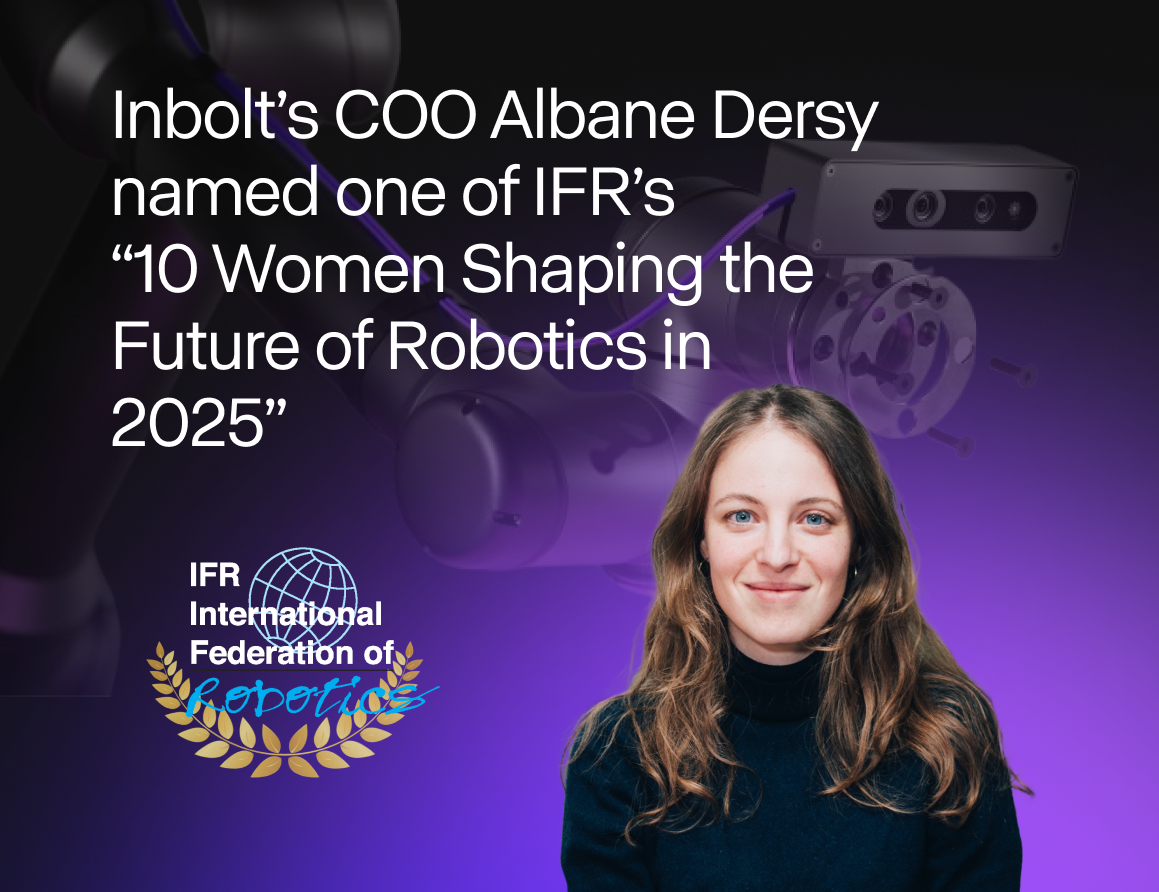Standardization in Robot Programming: Challenges & Opportunities
Today we discuss the current state of industrial robot programming and the need for standardization in the industry. We cover the challenges faced by small and large companies as well the benefits and drawbacks of standardizing programming languages for robotics.
The field of robotics has made significant advancements in recent years, with innovations in both hardware and software propelling the industry forward. Despite this rapid progress, there is still no standardization in robot programming languages. This lack of standardization poses challenges for small and medium-sized businesses (SMBs) as well as large companies, but can these challenges really be solved?
What is a Programming Language?
A programming language is a set of instructions that allows humans to communicate with computers and other electronic devices. In the context of robotics, programming languages are used to teach robots how to perform tasks and interact with their environment. While it may seem simple to program a robot, the reality is that robot programming is complex and varies depending on the specific model and manufacturer. Indeed ABB robots are programmed in RAPID, FANUC robots are programmed in Karel, UR cobots in URscript, and the list goes on.
This complexity poses challenges for companies looking to adopt robotic solutions or wanting to automate certain processes.
What is Standardization?
In the context of robot programming, standardization means developing a common programming language or programming environment that can be used across different robot manufacturers and models. In theory, this would simplify the integration of robotic solutions into businesses and reduce the need for specialized training.
However, when something becomes standardized, it can limit creativity. For instance, some programming languages have been a little standardized, so they use graphic interfaces where you drag and drop items and use pre-made pieces. This can actually limit how much you can change and how flexible the programming language is, which is something unique programming languages made for specific applications don't have to worry about.
The Role of ISO and IEC in Standardizing Robotics
ISO (International Organization for Standardization) and IEC (International Electrotechnical Commission) are two prominent organizations working towards the development of standards in various industries — including robotics —, collaborating with stakeholders to release standards related to safety requirements, definitions, terminology, performance criteria, and test methods in the field of robotics.
However, they have not yet established rules for programming languages.
Challenges Due to the Lack of Standardization for SMBs and Large Companies
The complexity of robot programming and lack of skilled roboticists is the reason why many companies shy away from using robots. SMBs often fear the programming effort required to integrate robots into their operations, which can result in a commitment to a single manufacturer and a reluctance to change.
Large companies, on the other hand, are often confused by the lack of standards in robot programming. They may have teams of experts capable of setting up and operating robots from specific manufacturers, but any changes in hardware or software typically require external help, leading to increased costs.
Robot programming, as a general rule, can be time-consuming and expensive, with extensive training courses required to master the nuances of each specific model. This means that the cost of installing and maintaining robotic hardware is often higher than the hardware itself.
Read our article about integrators and integration here.
The lack of online communities for robot programming due to the wide diversity of proprietary programming languages also hinders widespread adoption of automation. It creates a steep learning curve, limits knowledge sharing, reduces reusability of code, slows down innovation, and increases costs. Standardization and vibrant online communities are crucial to overcome these barriers and promote broader adoption of automation.
Ultimately, the lack of standardization in robot programming presents a barrier to entry for companies looking to automate their processes, particularly those that frequently introduce new products to market.
The (very) few drawbacks of standardization
While there are clear benefits to standardizing robot programming languages, there are also reasons to maintain the status quo.
- Each robot manufacturer has its own area of expertise and target market, which has led to the development of specialized robots tailored to specific applications. The unique programming languages used by these robots reflect the context in which they were designed.
- Maintaining distinct programming languages encourages brand loyalty, an important aspect of our consumer-driven society. Companies may be more likely to stick with a particular manufacturer if they have invested time and resources in learning and mastering their programming language.
Read our article about Robotic Programming here.
ROS as a Potential approaches to standardization
ROS (Robot Operating System) was a great stride forward in making robotics more accessible. It is an open-source framework widely used in robotics research and development. Despite its name, ROS is not an actual operating system, but rather a collection of software libraries, tools, and conventions that facilitate the creation of robot applications.
ROS provides a flexible and modular architecture for building robotic systems. It offers a wide range of functionalities, such as hardware abstraction, device drivers, communication between processes, package management, and visualization tools. ROS supports various programming languages, including C++, Python, and others, allowing developers to write robot applications using their preferred language.
ROS has a large and active community that contributes to its development and provides numerous packages and libraries for various robotics applications. It is widely used in academic research, industrial robotics, and hobbyist projects, making it a popular choice for developing robot software across different domains.
Up to today very little ROS-based applications have been deployed in the manufacturing industry. Robotics companies with their proprietary solutions remain wary whereas ROS’s robustness and functionalities in rough environments.
However we can see a real momentum in the robotics space with new startups and scale ups striving to make automation more accessible thanks to no-code, multi-brands robot programming software. They all have different approaches and functionalities (pure OLP players or real-time robot control) but strive for the same end goal: making robot trajectories programming accessible to the wide majority of industries for all robot brands and with little complexity and no coding knowledge. To name a few: Robotmaster, Robotdk, Fuzzy Logic Robotics, Real-time robotics, Ready Robotics, ArtiMinds Robotics GmbH.
Google’s robotics division, Intrinsic, recent acquisition of ROS maker Open Source Robotics Corporation will most probably bring new things to the table.
Read our article about ROS2 here.
Embracing a Collaborative Approach
To successfully implement standardization in robot programming languages, there would need to be a wide collaborative effort, involving multiple stakeholders: representatives from robot manufacturers, end-users, etc.
The idea of standardization isn’t necessarily an evil plan, but rather a way for automation and robotics to perhaps be more inclusive towards SMBs and, broadly speaking, more accessible for businesses across a range of industries.
In many developed countries, automation remains the solution to the ageing population and lack of workforce. Making it more accessible will enable critical industries to stay local and prevent off-shoring of important skills.
Reach out to us to discuss your automation needs.
Last news & events about inbolt

Articles
Albane Dersy named one of “10 women shaping the future of robotics in 2025”
The International Federation of Robotics has recognized Albane Dersy, co-founder and COO of Inbolt, as one of the “10 Women Shaping the Future of Robotics 2025.” At a time when manufacturers are racing to automate, Albane’s leadership stands out for bringing flexibility and intelligence to robotics on a global scale. This article explores her career, the impact of her work with Inbolt, and the leadership lessons she shares with the next generation of innovators.

Articles
Inbolt Joins NVIDIA Inception to Accelerate AI-Driven Automation
Inbolt joins the NVIDIA Inception program to boost its AI-driven automation solutions. This partnership provides access to exclusive resources, accelerating Inbolt’s mission to enhance real-time 3D vision for robots in manufacturing.
